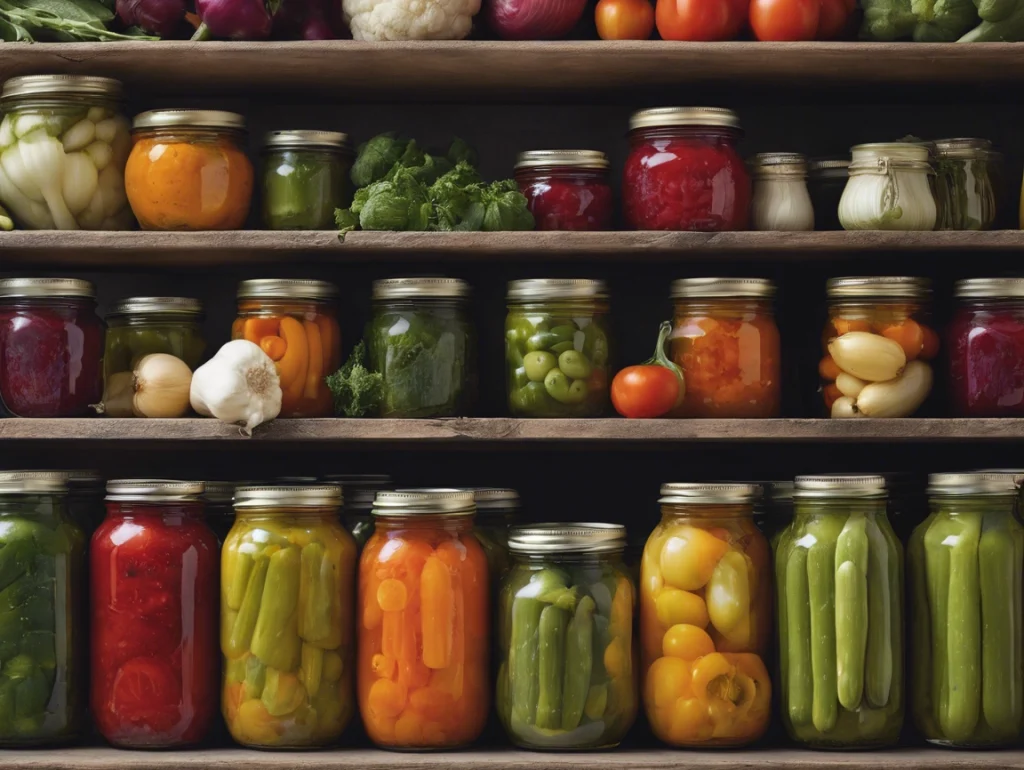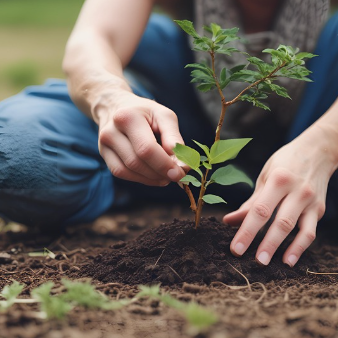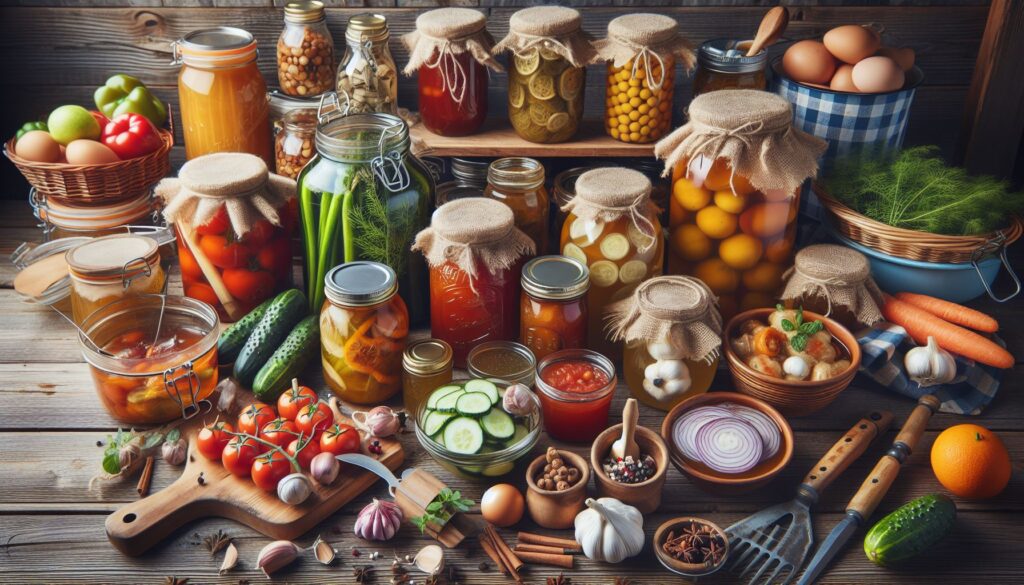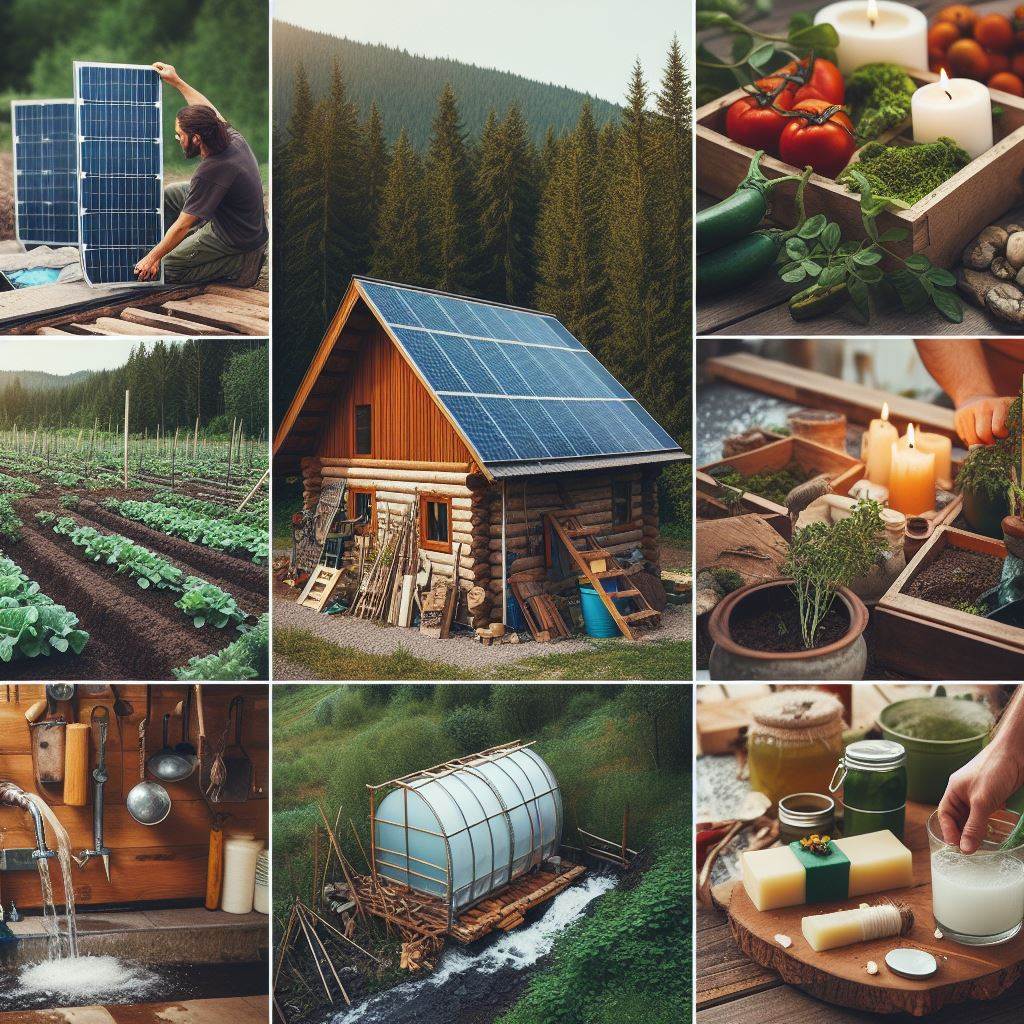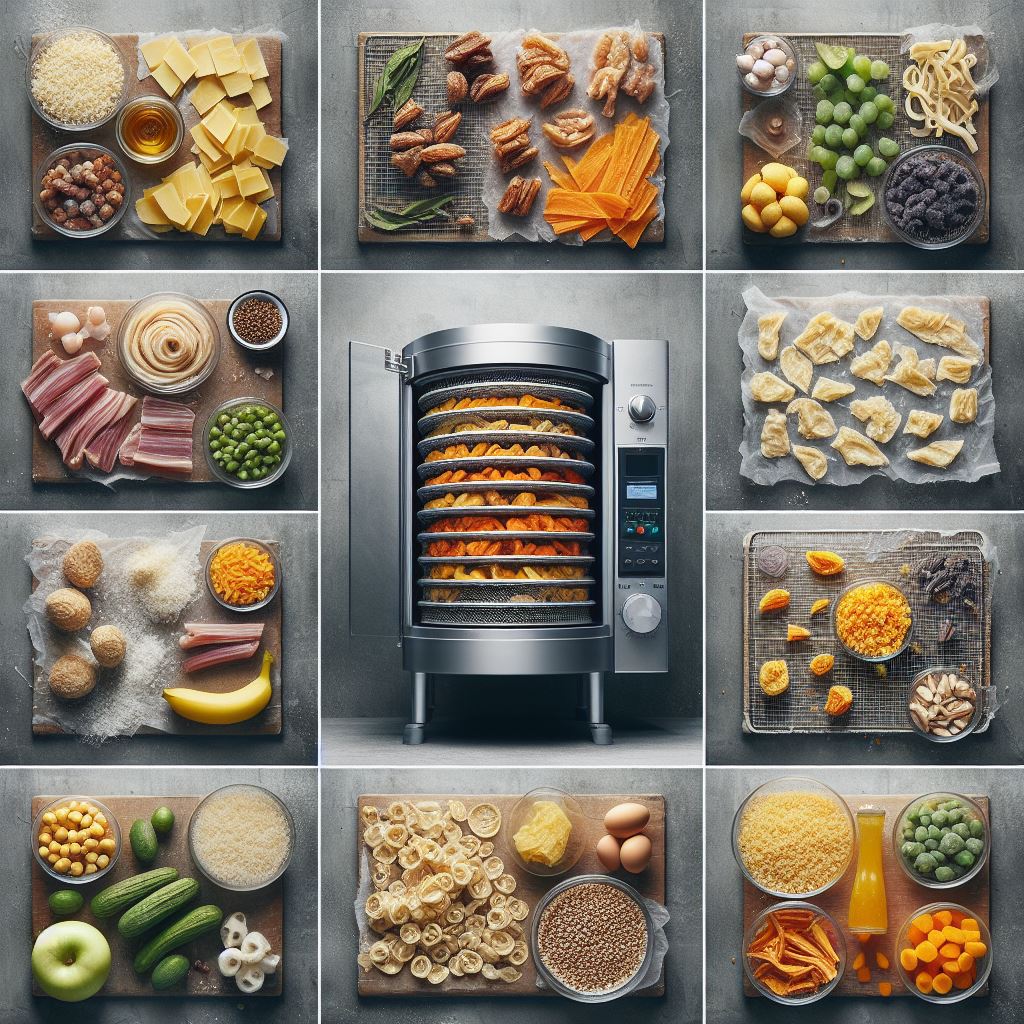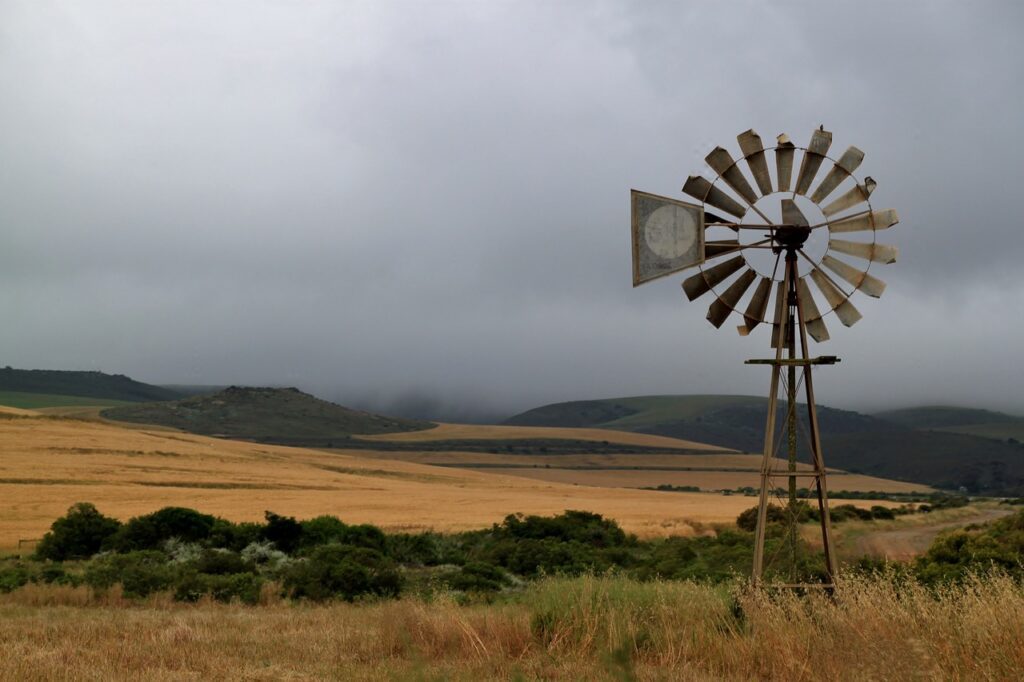Canning Vegetables: A Step Towards Self-Sufficiency
Living off the grid is a lifestyle choice that’s gaining popularity, and canning vegetables is a cornerstone of this sustainable way of life. Whether you’re nestled in a remote cabin or simply seeking to reduce your carbon footprint, canning offers a way to preserve the bounty of your garden or local market for year-round enjoyment. Let’s delve into the art of canning vegetables and how it supports living off the grid. The Basics of Canning Vegetables Canning is an age-old method that involves placing vegetables in jars and heating them to a temperature that destroys microorganisms and inactivates enzymes that could cause spoilage. This process also removes air from the jars, creating a vacuum seal that keeps the contents safe for consumption over an extended period. Understanding the Science of Canning At its core, canning is a scientific process that halts the natural spoilage of food. This is achieved through: Preparing for Canning Before you begin canning, it’s essential to have a clean and organized workspace. Gather all necessary equipment and ingredients: Step-by-Step Canning Guide Safety Considerations Canning vegetables is a blend of art and science, requiring attention to detail and adherence to safety guidelines. By following these steps, you can ensure a successful canning season and enjoy the fruits of your labor all year round. Selecting the Right Vegetables When it comes to canning, not all vegetables are created equal. The process of canning involves high heat and pressure, which can affect the texture, flavor, and nutritional value of the produce. Therefore, it’s important to select vegetables that are well-suited to withstand this process and still come out delicious. Ideal Vegetables for Canning Vegetables to Approach with Caution Preparing Vegetables for Canning Once you’ve selected your vegetables, proper preparation is key: Considerations for Safety and Quality By carefully selecting and preparing the right vegetables, you can ensure a successful canning experience that yields delicious, safe, and nutritious results to enjoy throughout the year. The Canning Process Canning vegetables is a rewarding way to preserve your garden’s harvest or take advantage of seasonal produce. Here’s a detailed, step-by-step guide to help you through the canning process: Step-by-Step Guide to Canning Vegetables Step 1: Gather Your Equipment Before you start, make sure you have all the necessary equipment: Step 2: Prepare Your Vegetables Select fresh, ripe, and unblemished vegetables. Wash them thoroughly under running water. Depending on the vegetable, you may need to peel, chop, slice, or blanch them before canning. Step 3: Sterilize Your Jars and Lids Sterilize your canning jars by boiling them in water for 10 minutes or using the sterilize cycle on your dishwasher. Keep the jars hot until they are ready to be filled. Step 4: Fill the Jars Using a canning funnel, pack your prepared vegetables into the jars, leaving the recommended headspace (usually 1 inch). Add boiling water or a pickling solution, maintaining the headspace. Step 5: Remove Air Bubbles Slide a non-metallic spatula around the inside edge of the jar to release any trapped air bubbles. Adjust the headspace if necessary by adding more boiling water or solution. Step 6: Wipe the Rims and Seal the Jars With a clean cloth, wipe the rims of the jars to ensure a good seal. Place the sterilized lids on the jars and screw on the bands until they are fingertip tight. Step 7: Process the Jars Place the jars in the pressure canner, following the manufacturer’s instructions for your specific model. Process the jars at the pressure and time recommended for the type of vegetable you are canning. Step 8: Cool Down Once the processing time is complete, turn off the heat and let the canner cool down naturally. Do not attempt to open the canner while it is still pressurized. Step 9: Remove the Jars Using a jar lifter, carefully remove the jars from the canner and place them on a towel or cooling rack. Leave them undisturbed for 12-24 hours. Step 10: Check the Seals After the jars have cooled, check the seals by pressing the center of each lid. If the lid does not move up and down, it is sealed properly. Label your jars with the contents and the date of canning. Step 11: Store Your Canned Vegetables Store your sealed jars in a cool, dark place. Unsealed jars should be refrigerated and used within a few days. Remember, safety is paramount when canning. Always use a pressure canner for low-acid vegetables to prevent the risk of botulism, and follow trusted recipes and guidelines. With these steps, you’ll be well on your way to enjoying your home-canned vegetables all year long. Living Off the Grid with Canned Vegetables Preserving the Harvest Canning your own vegetables is a practical way to preserve your garden’s bounty. It allows you to capture the peak freshness and nutritional value of your produce, ensuring that you have access to healthy food even during the off-season. This method of preservation is particularly valuable for off-grid living, where access to fresh produce can be limited by location and seasonality. Reducing Dependency One of the core principles of off-grid living is reducing dependency on external systems. Canning vegetables means you’re less reliant on grocery stores and the commercial food supply chain. This independence is not only empowering but also provides a sense of security in knowing you have a stockpile of food that can sustain you and your family. Energy Efficiency Canned vegetables don’t require refrigeration, which aligns perfectly with the energy-conscious approach of off-grid living. By preserving your food through canning, you save on the energy that would otherwise be needed to power refrigerators or freezers. This is particularly beneficial for those who rely on alternative energy sources, such as solar or wind power, which may not always provide consistent energy output. Eco-Friendly and Cost-Effective Canning your own vegetables is both eco-friendly and cost-effective. It reduces the carbon footprint associated with transporting food and minimizes food waste by allowing you to store surplus produce. Additionally, canning at
Canning Vegetables: A Step Towards Self-Sufficiency Read More »

